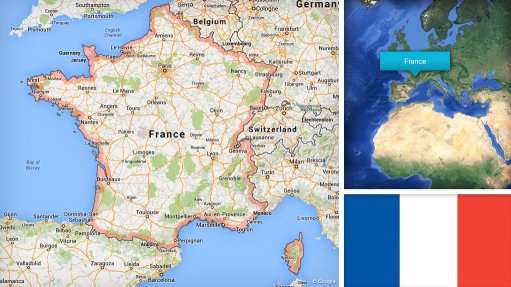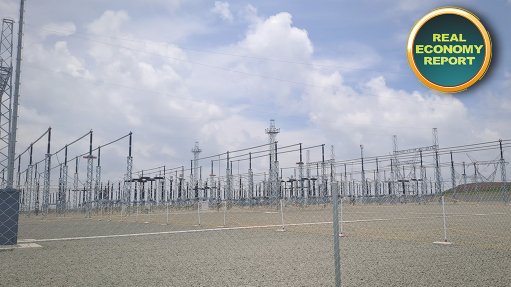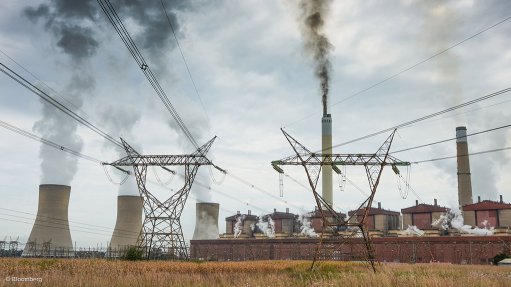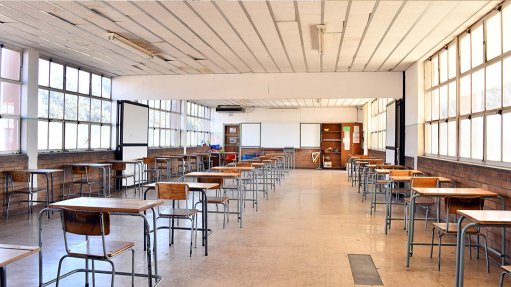Chattanooga Choo Choo
Okay, children, I’ll tell you a story. Once upon a time, there was this place at the mouth of the Orange river, on the border of South Africa. At this place, there were diamonds on the ground, lots. So people began to collect the diamonds, and after a while a mine was started, and it was called Oranjemund.
“To mine the diamonds, they had to dig holes deep into the beaches (the holes were called boxcuts) and to stop the holes from flooding they had to have pumps. The pumps needed electricity and so they built a diesel-engine generating station to supply the pumps and all the houses and shops for people who lived in Oranjemund. “Often, visitors came and, if they were important, they flew as passengers in a Cessna 410 twin-engine aeroplane. The generating station grew and grew and finally it could supply power of 18 MW. It made a noise which could be heard all over the town: Thump! Thump! Thump! After quite a few years, the power supply company ran a powerline to Oranjemund, and the power station was stopped and the Thump! Thump! Thump! stopped. Everybody was very happy. Then, a year later, the Cessna 410 twin-engine aeroplane flew right through the powerline. Bang! And the lights went out again. The power station was started up: Thump! Thump! Thump!
“And now, children, the South African government wants to moor powerships in the harbours of Coega, Richards Bay and Saldanha Bay. To supply 200 MW of power. Which will go thump, etc.”
According to Energize magazine: “Power is generated by a number of high-power alternators in the hull of the powership, driven by reciprocating engines which can run on natural gas or heavy fuel oil. Since most harbours already have storage facilities for heavy fuel oil, all that would be required is for a fuel line to be run from the storage tanks to the ship. Each ship also has its own fuel storage tanks onboard that act as a buffer to prevent power interruption should the onshore storage tanks run low.”
Now a reciprocating engine which runs on heavy fuel oil uses about 0.5 𝓵/kWh. If the powership is supplying 200 MW for eight hours a day, it will use 1.6-million litres a day. This will draw down the oil stored on shore a lot.
So, how loud will the ship be? Well, nobody is sure exactly, but it will be audible all over the whole area of Coega, Richards Bay and Saldanha Bay. This is (a) in contravention of noise control regulations and (b) very annoying.
Now we move on to uh, cooling the 200 MW worth of reciprocating engines. Most reciprocating engines are not more than 50% efficient, so that means 200 MW of power will be emitted as exhaust gas and seawater for engine cooling. Which will affect marine life and pollute the atmosphere.
Given all the pollution aspects of the powership idea, one can see it is not an idea which should be put aside lightly. No, it must be cast into the distance with great force. It is an unreasoned concept, dreamed up by people who are acting like carpet baggers. We hope that when this project becomes more formalised, the Department of Environment, Forestry and Fisheries (DEFF) will demand a fairly rigorous investigation. I have little faith in this. In my experience, the DEFF does not answer phones or reply to emails. For example, phone calls to Barbera Creecy: 012 310 3537 does not exist, 021 464 1500 no reply; to Feroze Shaik, chief of staff: 012 399 9778 no reply, 021 469 6303 no reply: to Mamonkwe Sipilica, personal assistant: 012 399 9141 not available . . . and so on. The DEFF doing something useful is an exception rather than a rule. These powerships are a dof idea. They will pollute and cost a lot and are absolutely not the best idea. Fuhgeddaboudit.
Article Enquiry
Email Article
Save Article
Feedback
To advertise email advertising@creamermedia.co.za or click here
Comments
Press Office
Announcements
What's On
Subscribe to improve your user experience...
Option 1 (equivalent of R125 a month):
Receive a weekly copy of Creamer Media's Engineering News & Mining Weekly magazine
(print copy for those in South Africa and e-magazine for those outside of South Africa)
Receive daily email newsletters
Access to full search results
Access archive of magazine back copies
Access to Projects in Progress
Access to ONE Research Report of your choice in PDF format
Option 2 (equivalent of R375 a month):
All benefits from Option 1
PLUS
Access to Creamer Media's Research Channel Africa for ALL Research Reports, in PDF format, on various industrial and mining sectors
including Electricity; Water; Energy Transition; Hydrogen; Roads, Rail and Ports; Coal; Gold; Platinum; Battery Metals; etc.
Already a subscriber?
Forgotten your password?
Receive weekly copy of Creamer Media's Engineering News & Mining Weekly magazine (print copy for those in South Africa and e-magazine for those outside of South Africa)
➕
Recieve daily email newsletters
➕
Access to full search results
➕
Access archive of magazine back copies
➕
Access to Projects in Progress
➕
Access to ONE Research Report of your choice in PDF format
RESEARCH CHANNEL AFRICA
R4500 (equivalent of R375 a month)
SUBSCRIBEAll benefits from Option 1
➕
Access to Creamer Media's Research Channel Africa for ALL Research Reports on various industrial and mining sectors, in PDF format, including on:
Electricity
➕
Water
➕
Energy Transition
➕
Hydrogen
➕
Roads, Rail and Ports
➕
Coal
➕
Gold
➕
Platinum
➕
Battery Metals
➕
etc.
Receive all benefits from Option 1 or Option 2 delivered to numerous people at your company
➕
Multiple User names and Passwords for simultaneous log-ins
➕
Intranet integration access to all in your organisation

















